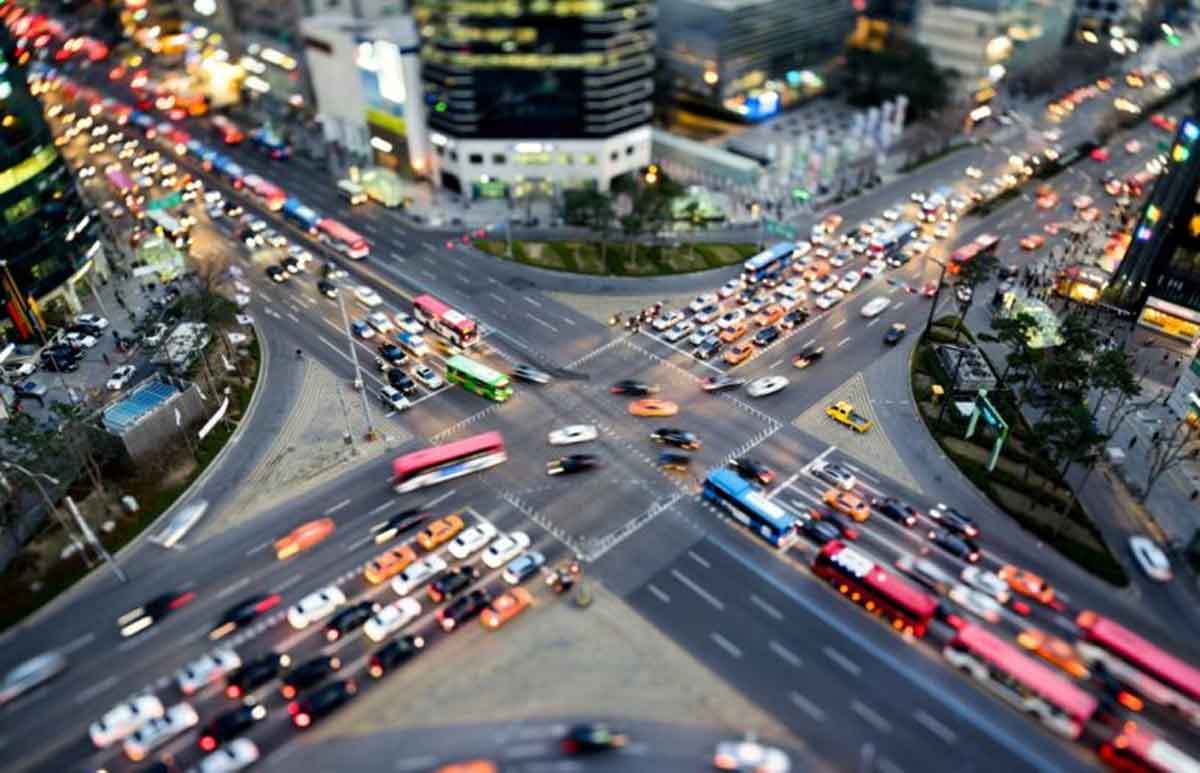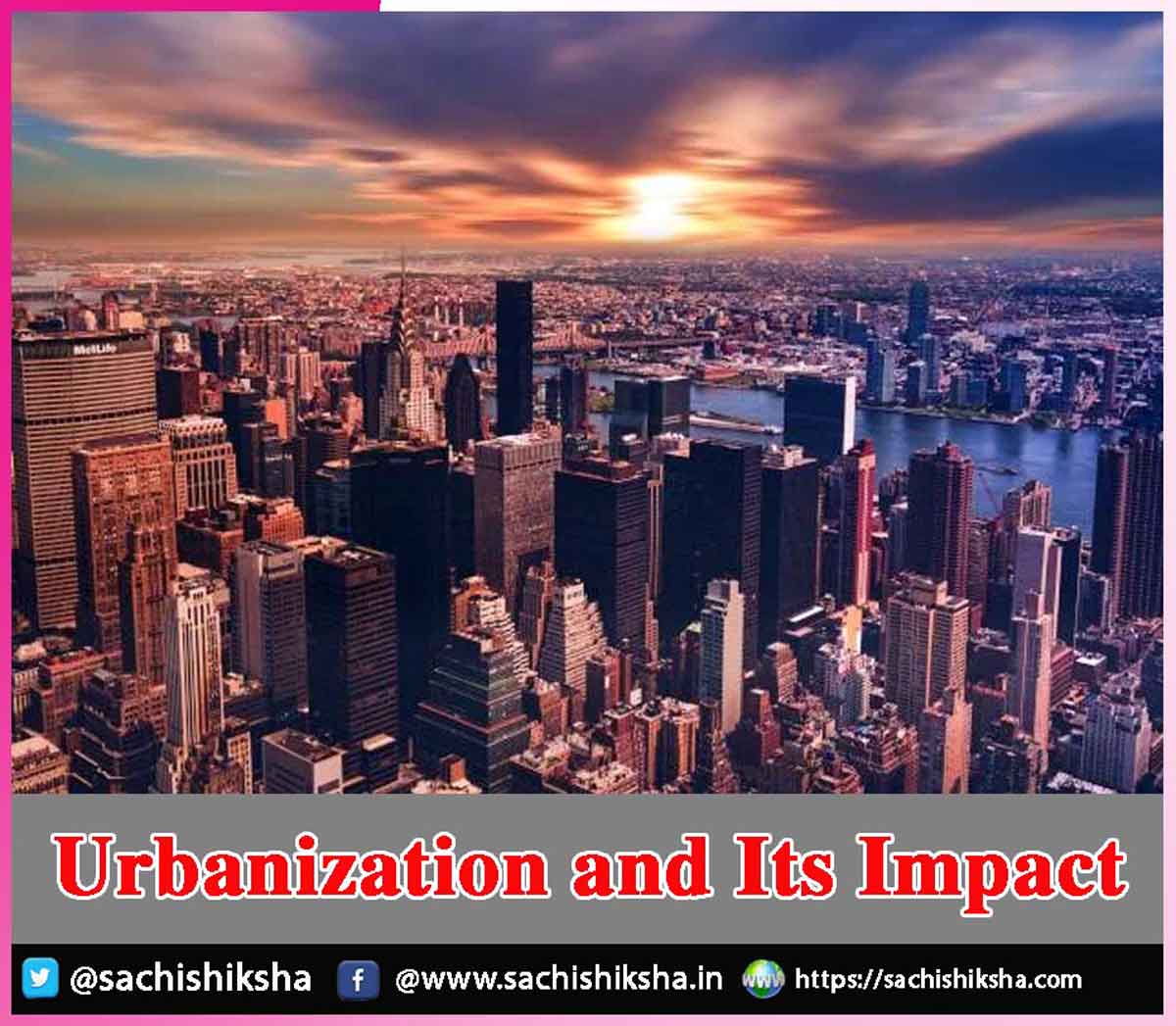Urbanization and Its Impact
Introduction: Urbanization, the process by which an increasing proportion of a country’s population moves from rural to urban areas, has become one of the defining trends of modern society. Over the past century, cities have grown rapidly, transforming the way people live, work, and interact. While urbanization has been a powerful driver of economic growth and innovation, it has also created significant environmental, social, and infrastructural challenges that require careful management and planning.
Table of Contents
The Causes of Urbanization
Urbanization is primarily driven by the pursuit of better economic opportunities. Cities offer more jobs, higher wages, and access to education, healthcare, and social services. Industrialization has played a major role in accelerating urban growth, as factories and businesses attract workers from rural areas. Additionally, advancements in transportation and communication have made cities more accessible, while the promise of modern lifestyles, amenities, and social mobility continues to draw people towards urban centers.

Positive Impacts of Urbanization
Urbanization brings numerous benefits when managed properly. One of its most significant advantages is economic growth. Cities serve as engines of innovation, entrepreneurship, and productivity. Concentration of industries, infrastructure, and talent fosters efficiency and collaboration, leading to technological advancement and job creation.
Urban areas also tend to offer better access to education and healthcare, which can improve quality of life and human development. The concentration of institutions, professionals, and resources makes cities centers of learning, culture, and progress. Furthermore, urbanization can promote social and cultural diversity, as people from different regions and backgrounds come together, enriching the social fabric through shared ideas, art, and traditions.
Another positive outcome is infrastructure development. The expansion of roads, public transport, housing, and communication networks enhances connectivity and mobility. Smart city initiatives and sustainable urban planning can further improve living standards while promoting environmental efficiency.
Negative Impacts of Urbanization
However, rapid and unplanned urbanization also brings a series of challenges. One major issue is overcrowding. As populations surge, cities often struggle to provide adequate housing, leading to the growth of slums and informal settlements. These areas typically lack basic amenities such as clean water, sanitation, and healthcare, resulting in poor living conditions and public health concerns.
Environmental degradation
is another serious consequence. Urbanization increases pollution, waste generation, and the depletion of natural resources. The construction of buildings and roads reduces green spaces, contributing to the urban heat island effect. Moreover, rising energy demand and vehicle emissions contribute to air pollution and climate change.
Traffic congestion, inadequate waste management, and water scarcity further strain city infrastructure. Socially, rapid urban growth can widen the gap between the rich and the poor, creating inequalities in access to services and opportunities. The high cost of living in cities often forces low-income groups to live in marginalized conditions.
The Way Forward: Sustainable Urbanization
To ensure that urbanization contributes positively to society, sustainable urban planning is essential. Governments and planners must focus on building inclusive, resilient, and environmentally friendly cities. Investments in public transport, renewable energy, and green infrastructure can help reduce pollution and congestion. Affordable housing projects and community development programs can improve living standards and promote equality.
Technological innovation also holds promise. Smart city technologies, using data and digital tools to manage resources efficiently, can enhance urban life. Urban agriculture, green buildings, and efficient waste recycling are steps towards creating self-sustaining cities.
Conclusion
Urbanization is both a challenge and an opportunity. It has the power to drive progress, connect people, and transform societies. Yet, without careful management, it can deepen inequalities and harm the environment. The key lies in adopting a balanced approach, one that embraces development while safeguarding the planet and ensuring that every citizen benefits from the growth of cities. Sustainable urbanization is not just a goal but a necessity for building a prosperous and equitable future for all.














































